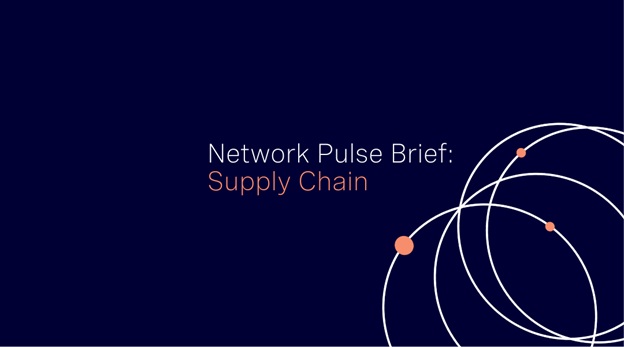Are companies shifting from just-in-time to a just-in-case framework? How do you see this playing out over the next year as commodity prices and interest rates rise?
LOGISTICS MANAGER, BESPOKE LOGISTICS
Just-in-time remains the better and preferred option. Regional impacts will be a deciding factor. For example Asian markets rich in tech are seeing huge shortages of sub components that would pre covid would have been delivered using the just-in-time model. Now, manufacturing companies are forced to look at contingency plans to keep their factories running. A similar situation can be seen in the west, whether it’s Brexit driven staff shortages or other mitigating circumstances that are influencing how many, how fast goods can be made. Finalized products are where the biggest impacts are felt necessitating a balance between the two options. Just-in-time can lead to shortages, where just-in-case leaves vendors with excess stock. For the time being just-in-time still has the edge.
SUPPLY CHAIN & OPERATIONS LEAD AT MAJOR HOSPITAL
With the just-in-time inventory model, stock is received only as needed. This increases efficiency. With a just-in- case inventory model, surplus safety stock is maintained to create supply chain flexibility in the event of increased demand or supply chain disruption. This increases resilience. Companies that used the just – in-time model have learnt, thanks to Covid 19, that it is a risky inventory model, and highly susceptible to risk and disruption. Consequently, many companies are shifting from just in time to the more resilient just in – case framework. Despite the pressure from rising commodity prices and interest rates, companies over the next year will continue using a just-in-case model primarily, because Covid is still with us, and there is a risk of other disruptions.
MANAGEMENT CONSULTANT — SUPPLY CHAIN AT DIVSTRAT ADVISORS
Just-in-case may be just a temporary solution to a temporary problem. Carrying JIC Inventory is costly (especially for every part), so good decisions are necessary to determine which parts are most critical. Carrying costs for JIC increase exponentially at least in the short-term (assets rapidly become liabilities). Think of JIC as an insurance policy until the crisis is over, then revisit that policy and return to JIT and/or LEAN. Those considering a JIC framework MUST honestly answer such questions as: 1) How difficult will it be to source replacement parts?; 2) How long can you delay shipping to your customers before it affects relations? 3) How much space will be required to carry enough stock in case of emergency? Good strategy/procedures help manage which JIC Inventory may be at greatest risk.

